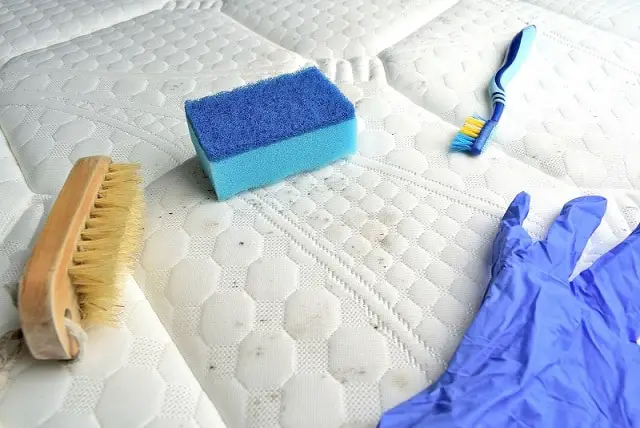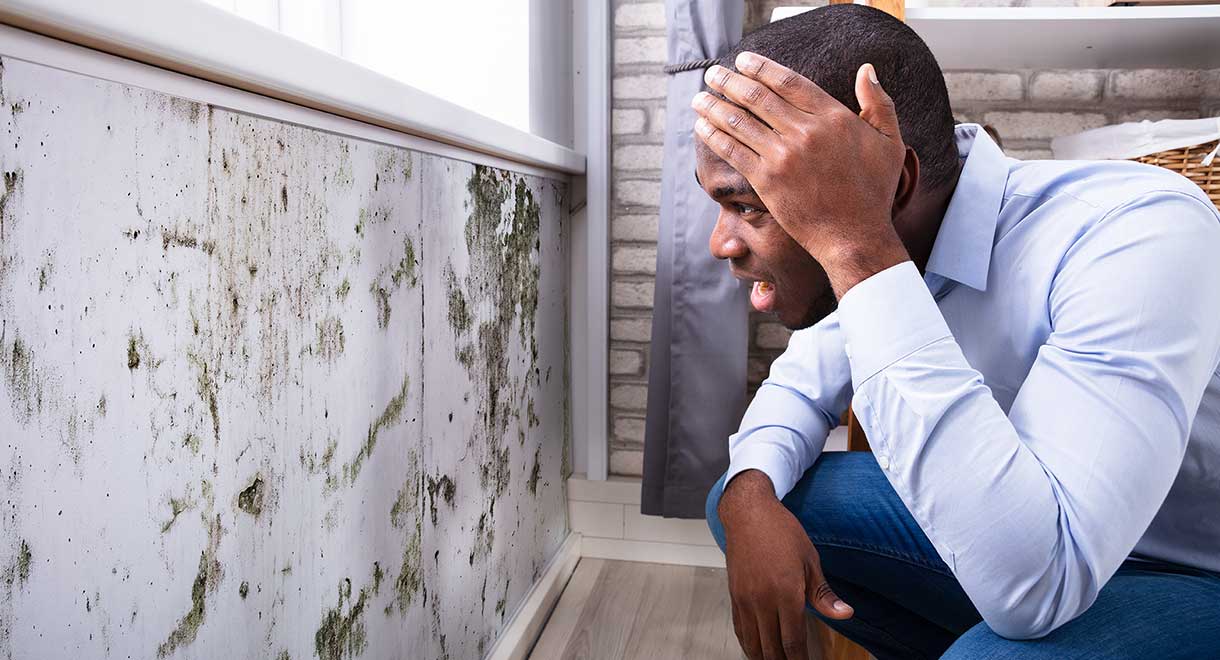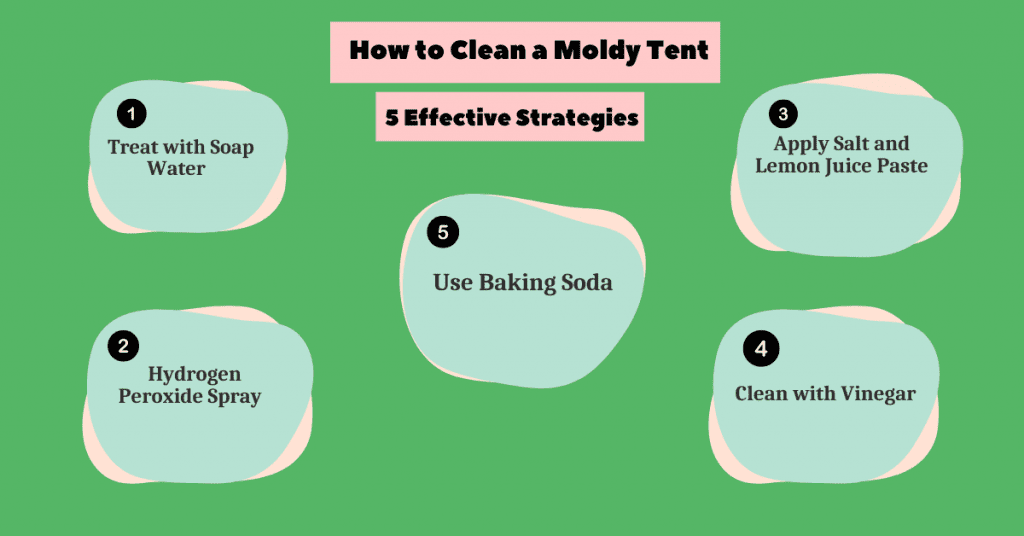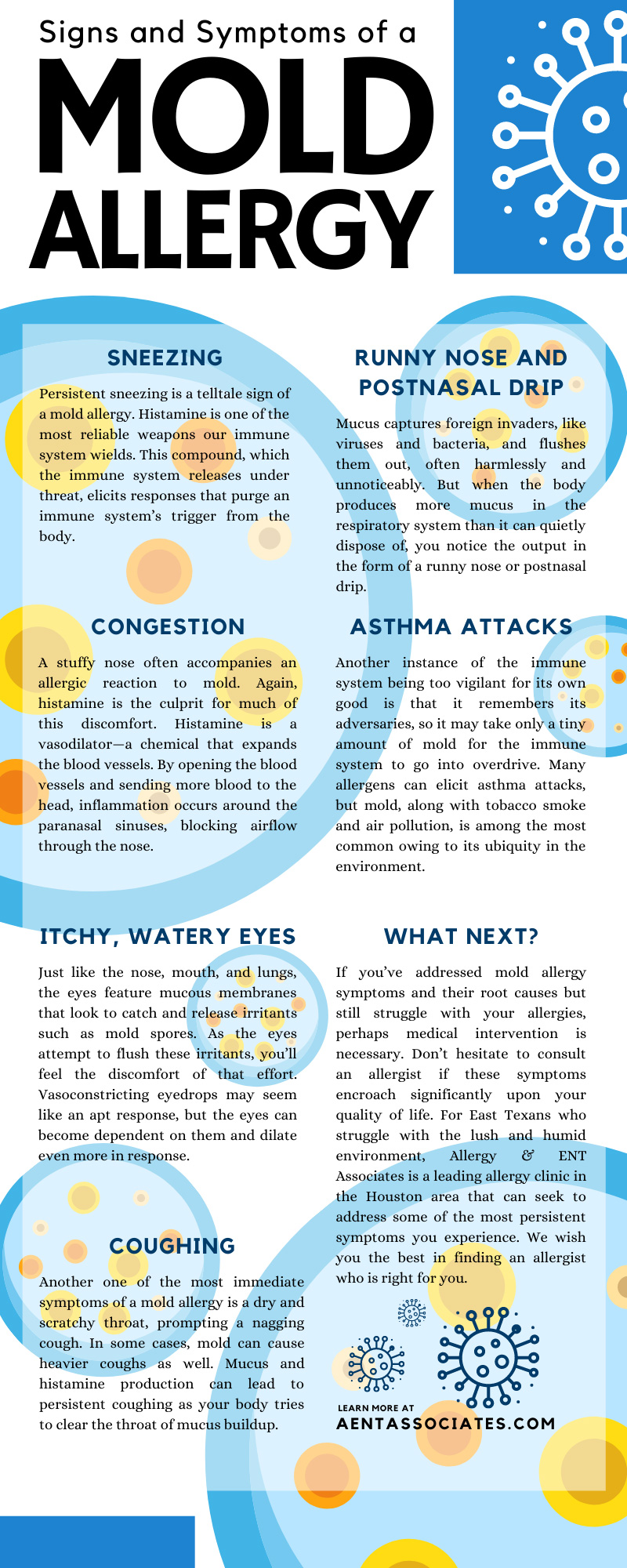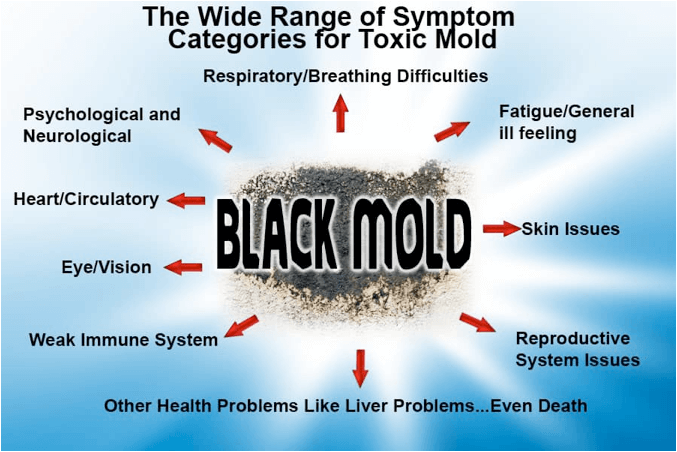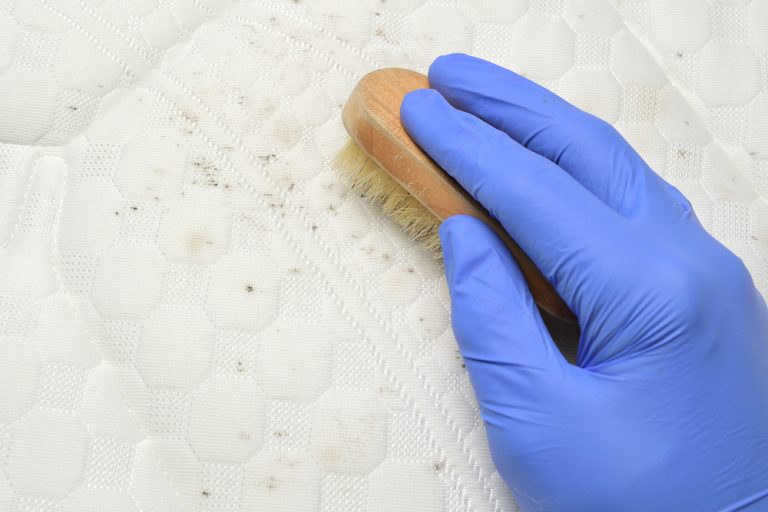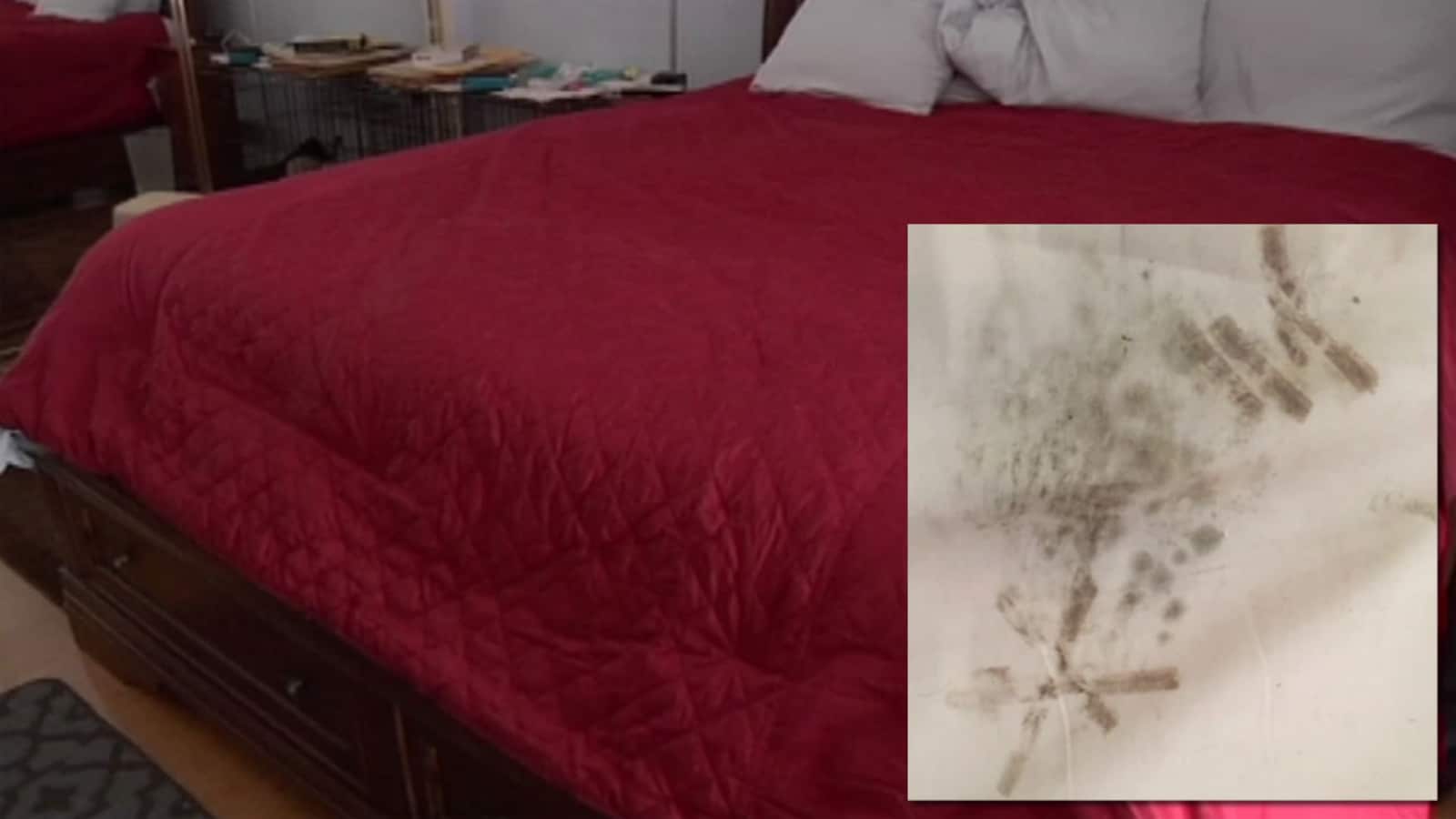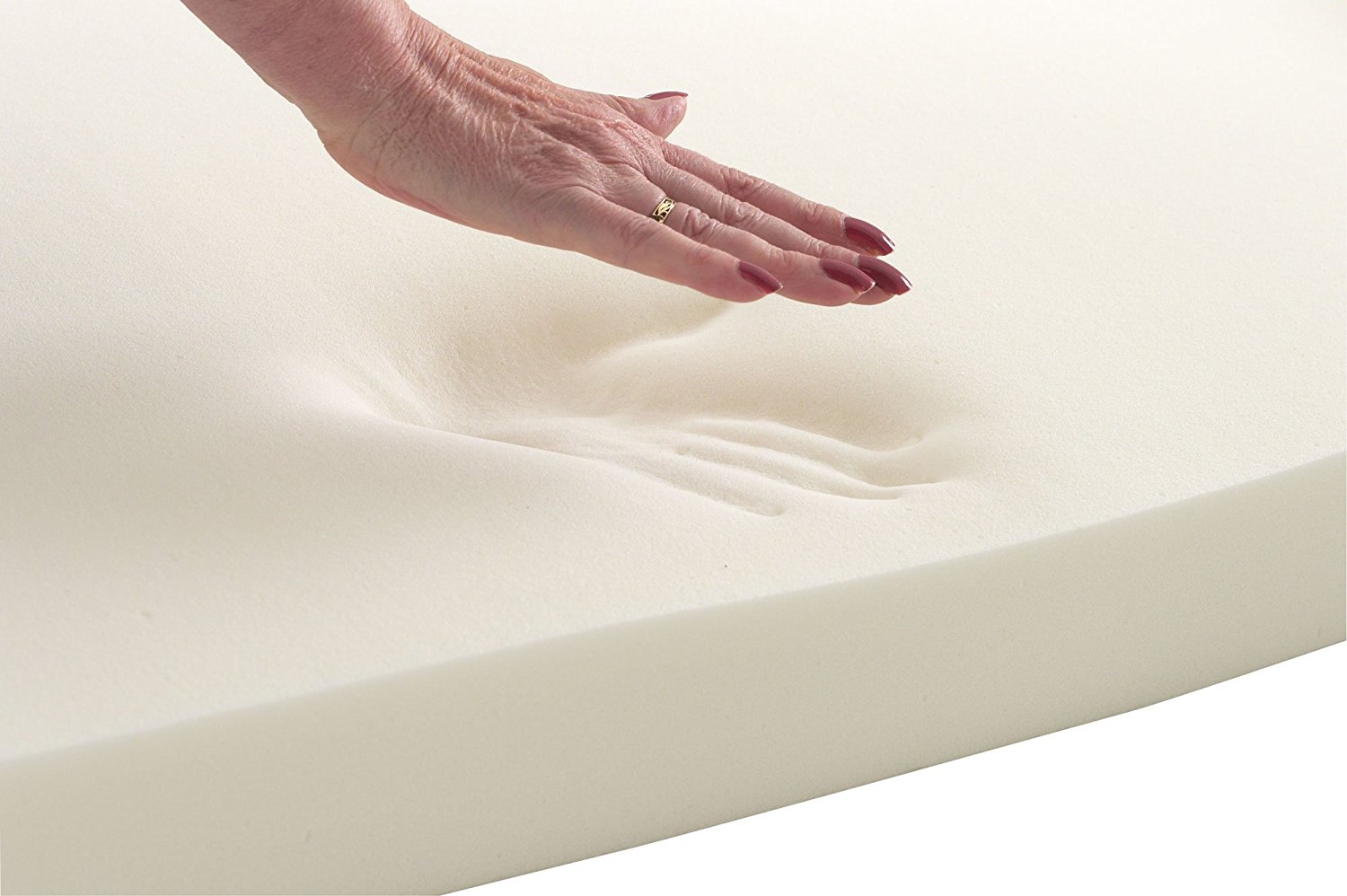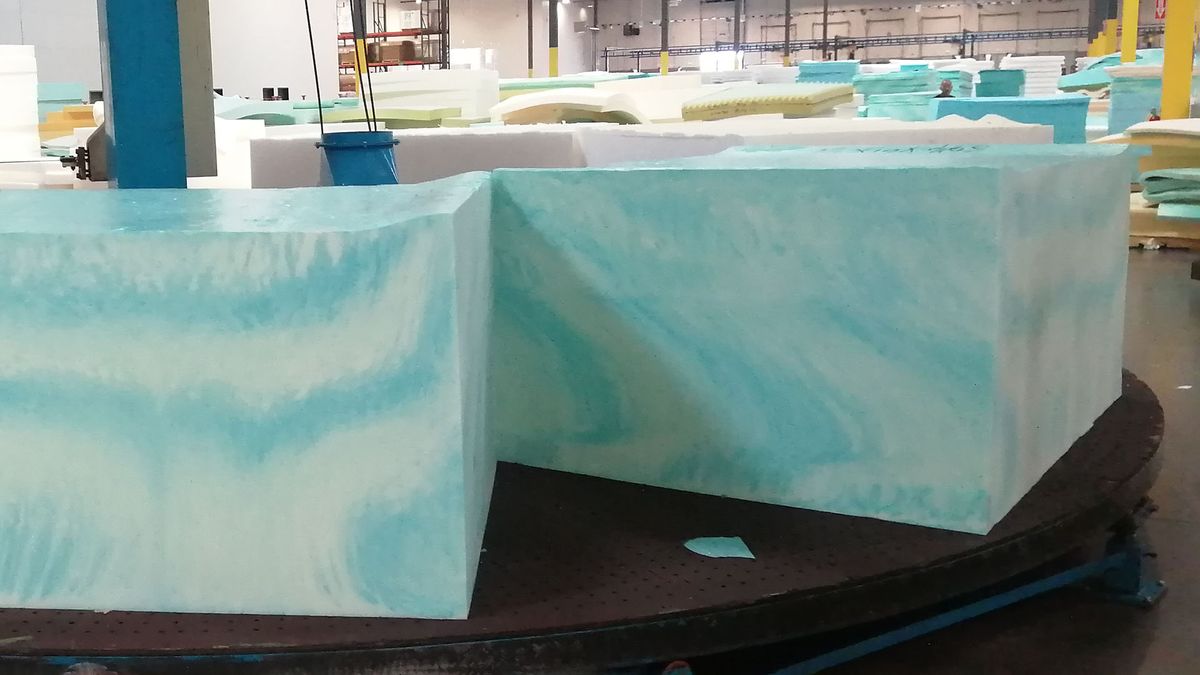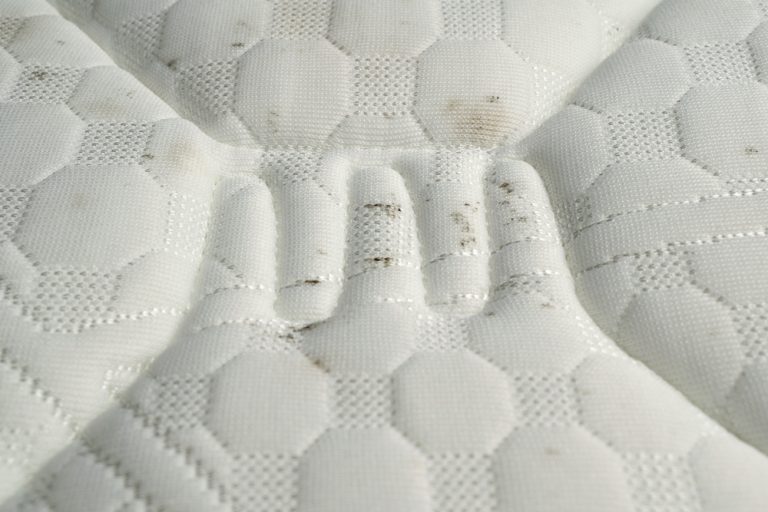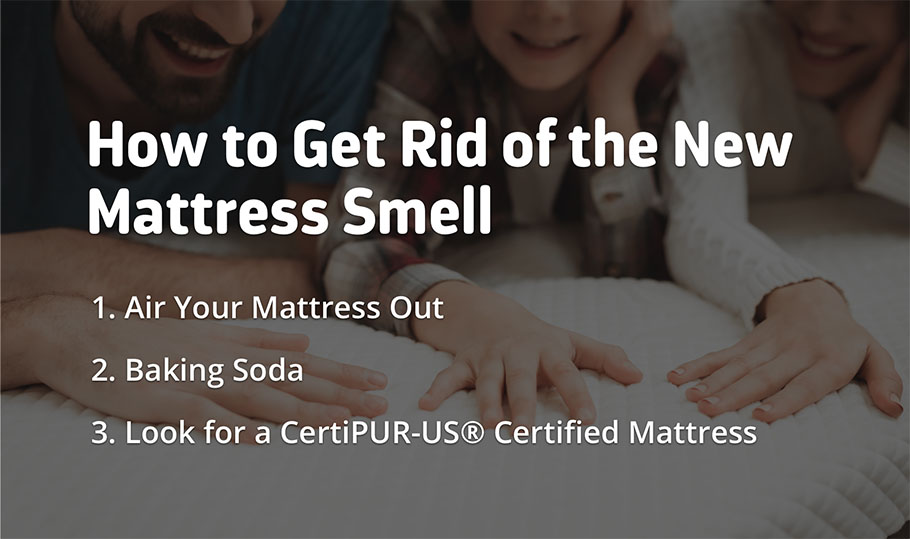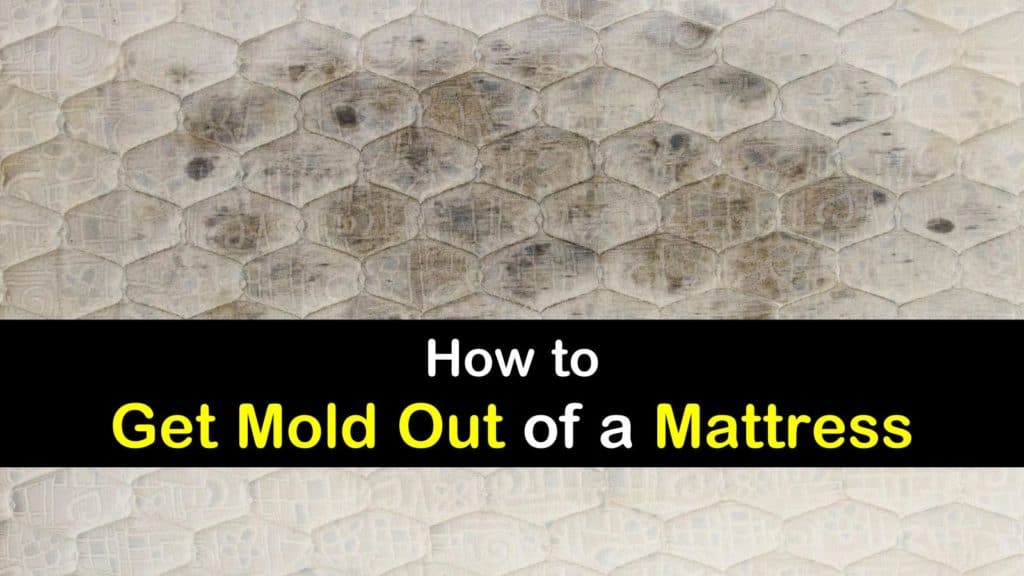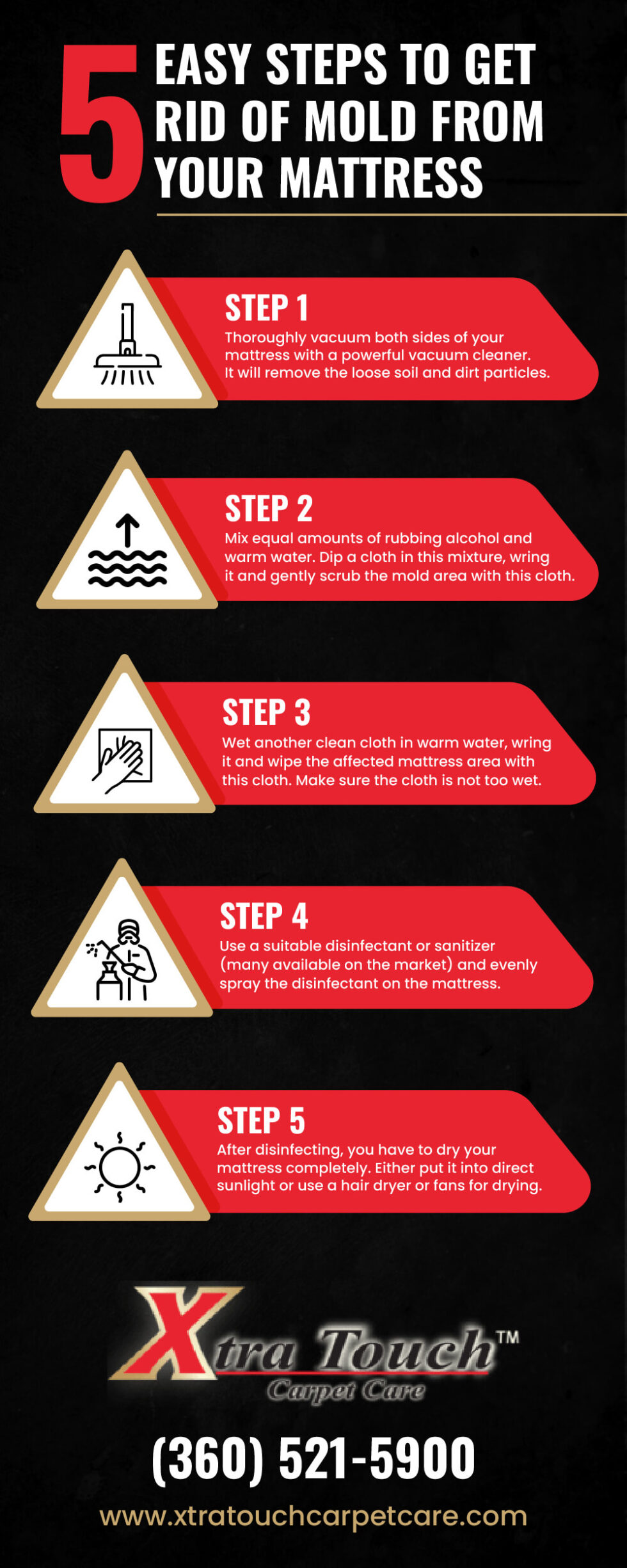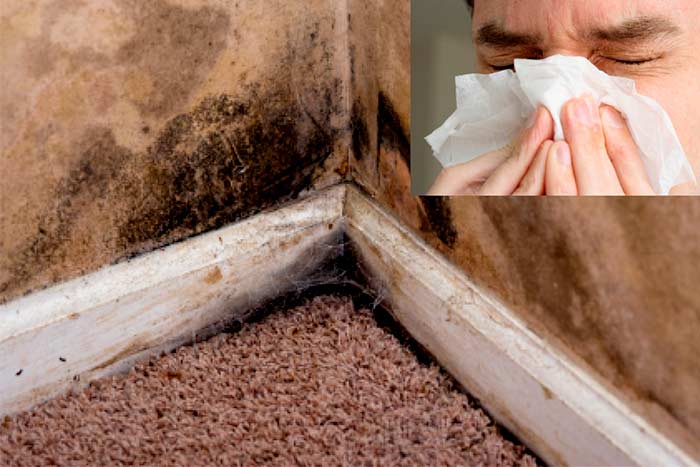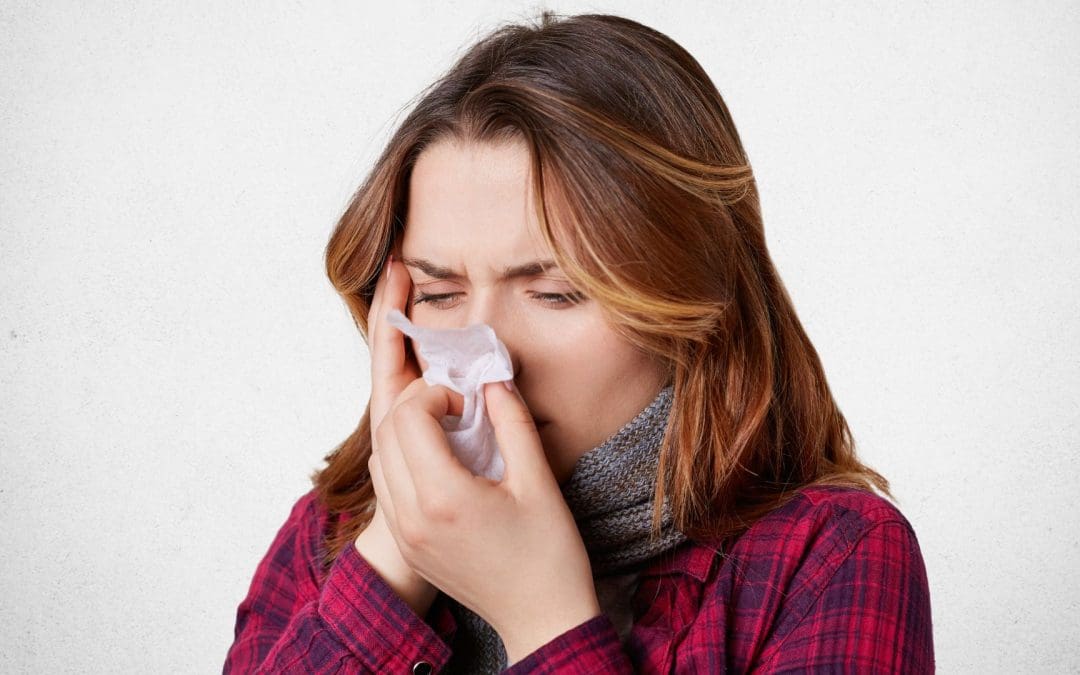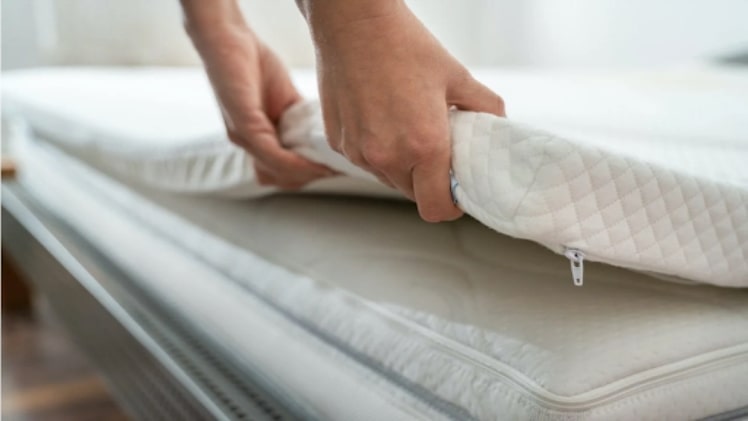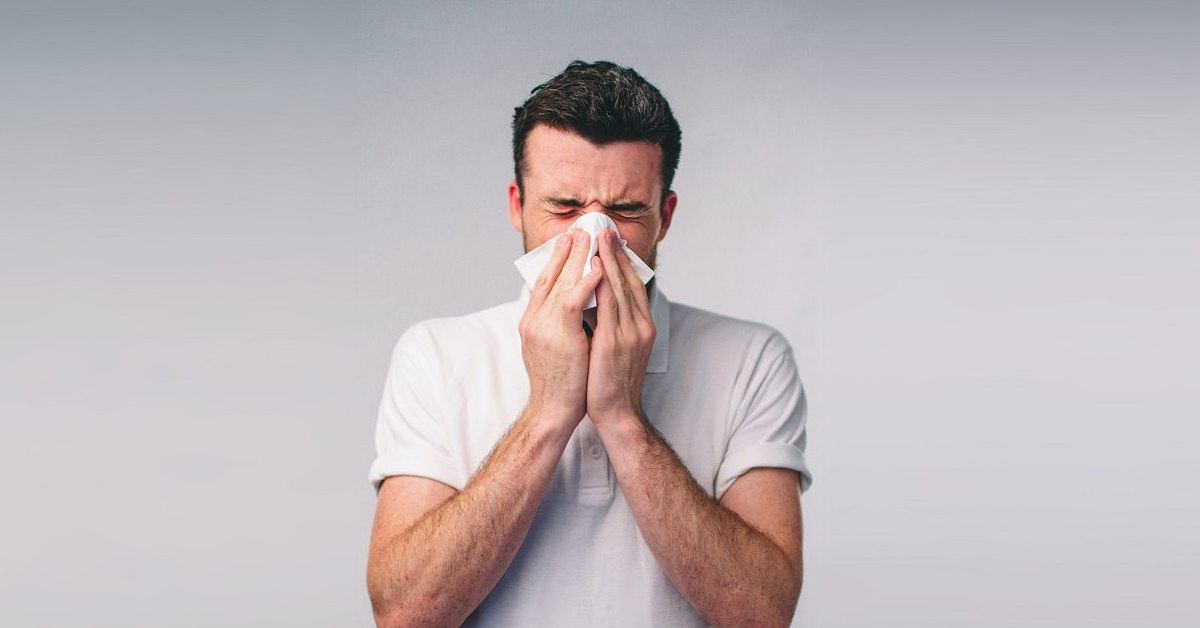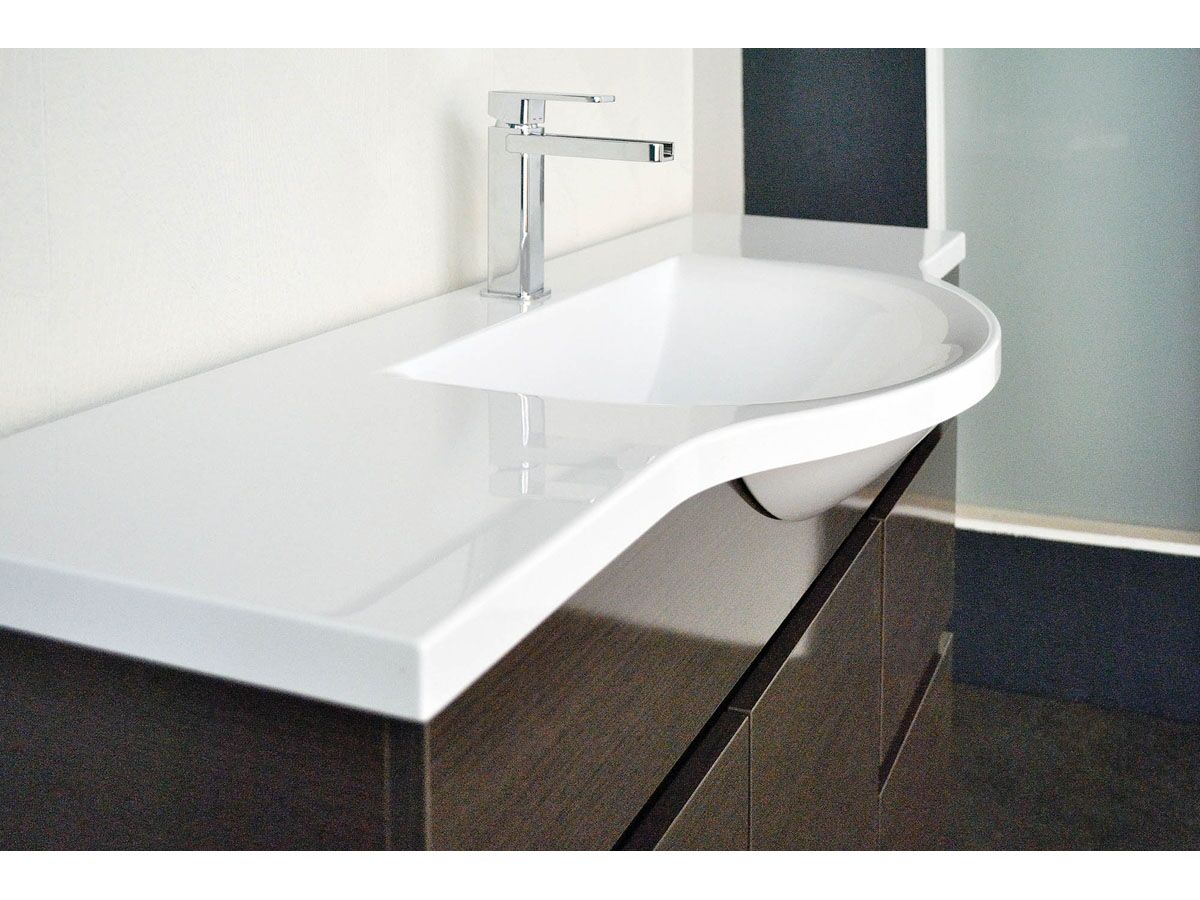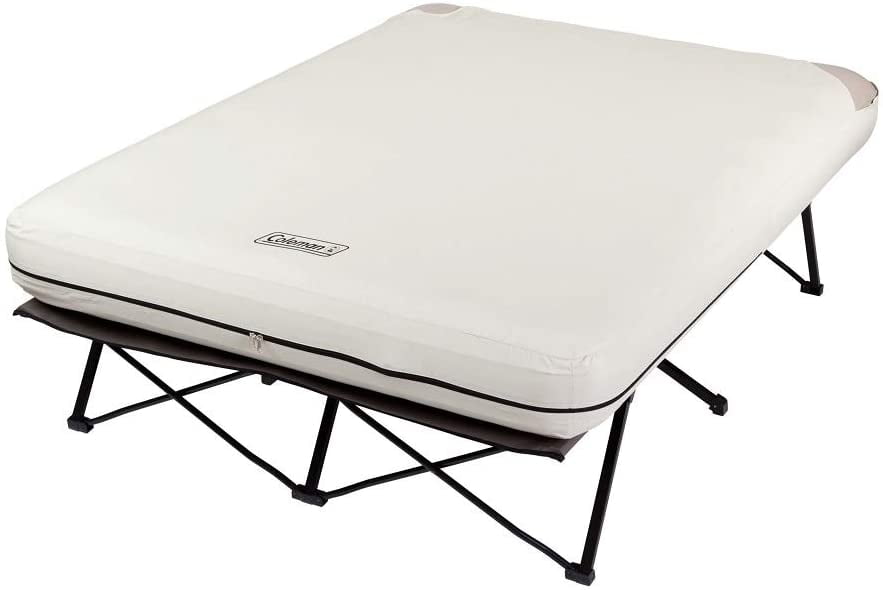Mold is a type of fungus that can grow in damp and dark environments, making your mattress an ideal breeding ground. This can be a major problem as your mattress is where you spend a significant amount of time sleeping, making it important to keep it clean and free from mold. In this article, we will explore the top 10 things you need to know about mold growth in mattresses and how to prevent it.1. Mold Growth in Mattresses: What You Need to Know
Prevention is always better than cure, and the same goes for mold in mattresses. The best way to prevent mold is to keep your mattress dry and clean. Moisture is the main culprit behind mold growth, so make sure to keep your mattress away from any sources of moisture such as spills or leaks. You can also use a waterproof mattress cover to protect your mattress from any accidental spills or sweat.2. How to Prevent Mold in Mattresses
It is important to be able to recognize the signs of mold in your mattress so you can take immediate action. Mold can often be identified by its musty and damp smell. You may also see visible dark spots on your mattress, which can be a sign of mold growth. If you experience any unexplained allergies or respiratory issues, it could also be a sign of mold in your mattress.3. Signs of Mold in a Mattress
Sleeping on a moldy mattress can have serious health risks, especially for those with allergies or respiratory issues. Mold spores can cause allergic reactions, such as sneezing, coughing, and watery eyes. Prolonged exposure to mold can also lead to more serious health issues, including respiratory infections and asthma attacks.4. Health Risks of Sleeping on a Moldy Mattress
If you have identified mold in your mattress, it is important to clean it as soon as possible to prevent it from spreading. The best way to do this is to use a mixture of baking soda and white vinegar. Sprinkle baking soda over the affected areas and then spray the vinegar on top. Let it sit for a few hours before wiping it off with a damp cloth. Make sure to let your mattress dry completely before using it again.5. How to Clean a Moldy Mattress
Mold is a common allergen and can cause allergies in mattresses. The presence of mold in your mattress can trigger allergic reactions, especially for those who are sensitive to mold. If you have allergies or respiratory issues, it is important to keep your mattress clean and free from mold to prevent any allergic reactions.6. Can Mold Cause Allergies in Mattresses?
It can be difficult to detect mold in a mattress, especially if it is not visible. One way to check is by using a blacklight, which can make mold spots more visible. You can also look for signs of musty smell or any visible discoloration on your mattress. If you suspect mold, it is best to take immediate action to prevent it from spreading.7. How to Detect Mold in a Mattress
Yes, mold can grow in memory foam mattresses. Memory foam mattresses are made of a dense and absorbent material, making it a prime environment for mold growth. It is important to regularly clean and maintain your memory foam mattress to prevent any mold growth.8. Can Mold Grow in Memory Foam Mattresses?
If you have successfully removed mold from your mattress, you may still notice a lingering musty smell. To get rid of this smell, you can sprinkle baking soda over your mattress and let it sit for a few hours before vacuuming it off. You can also use a mixture of water and tea tree oil to spray on your mattress, as tea tree oil is known for its anti-fungal properties.9. How to Get Rid of Mold Smell in a Mattress
As mentioned before, mold in your mattress can lead to serious health issues, especially for those with allergies or respiratory problems. Prolonged exposure to mold can also weaken your immune system, making you more susceptible to illnesses. Therefore, it is important to keep your mattress clean and free from mold to maintain good health. In conclusion, mold growth in mattresses is a common problem that can have serious consequences. By following these top 10 tips, you can prevent mold from growing in your mattress and keep it clean and safe for a good night's sleep. Remember to regularly clean and maintain your mattress to ensure it stays free from mold and other harmful substances.10. Can Mold in a Mattress Make You Sick?
Can Mold Live in a Mattress?

The Importance of Keeping Your Mattress Clean and Mold-Free
 When it comes to our homes, we often focus on keeping the visible areas clean and free of mold and other contaminants. However, one area that is often overlooked is our
mattress
. Considering we spend a third of our lives sleeping on it, it's important to ask the question: can mold live in a mattress?
The simple answer is yes, mold can indeed live in a mattress. Mattresses provide the perfect environment for mold to thrive - warm, humid, and full of dead skin cells. This makes it an ideal breeding ground for mold spores to grow and spread.
Mold
is a type of fungus that can cause a variety of health issues, from minor allergies to more serious respiratory problems. It can also produce a musty odor and cause discoloration and damage to your mattress. This is why it's crucial to keep your mattress clean and mold-free.
So, how does mold get into your mattress in the first place? Well, it can enter through various ways, such as sweat, saliva, and other bodily fluids. It can also be brought in from outside sources, such as pets, dirty clothes, or even through open windows and doors.
When it comes to our homes, we often focus on keeping the visible areas clean and free of mold and other contaminants. However, one area that is often overlooked is our
mattress
. Considering we spend a third of our lives sleeping on it, it's important to ask the question: can mold live in a mattress?
The simple answer is yes, mold can indeed live in a mattress. Mattresses provide the perfect environment for mold to thrive - warm, humid, and full of dead skin cells. This makes it an ideal breeding ground for mold spores to grow and spread.
Mold
is a type of fungus that can cause a variety of health issues, from minor allergies to more serious respiratory problems. It can also produce a musty odor and cause discoloration and damage to your mattress. This is why it's crucial to keep your mattress clean and mold-free.
So, how does mold get into your mattress in the first place? Well, it can enter through various ways, such as sweat, saliva, and other bodily fluids. It can also be brought in from outside sources, such as pets, dirty clothes, or even through open windows and doors.
Preventing and Removing Mold from Your Mattress
 The good news is that there are steps you can take to prevent and remove mold from your mattress. First and foremost, it's essential to keep your mattress clean and dry. This means regularly washing and changing your sheets and mattress protector. If your mattress does get wet, make sure to dry it thoroughly before putting on clean sheets.
Another important step is to
properly ventilate
your bedroom. Opening windows and using a fan or air purifier can help reduce humidity levels and prevent mold growth. It's also recommended to
rotate and flip
your mattress every few months to prevent moisture buildup and wear and tear on one side.
If you do find mold on your mattress, it's crucial to act quickly. Begin by
vacuuming
the affected area to remove any loose spores. Then, using a mixture of
white vinegar and water
, gently scrub the affected area. The acidic properties of vinegar can help kill and prevent mold growth. Finally,
sun-dry
your mattress in a well-ventilated area to ensure it is completely dry.
The good news is that there are steps you can take to prevent and remove mold from your mattress. First and foremost, it's essential to keep your mattress clean and dry. This means regularly washing and changing your sheets and mattress protector. If your mattress does get wet, make sure to dry it thoroughly before putting on clean sheets.
Another important step is to
properly ventilate
your bedroom. Opening windows and using a fan or air purifier can help reduce humidity levels and prevent mold growth. It's also recommended to
rotate and flip
your mattress every few months to prevent moisture buildup and wear and tear on one side.
If you do find mold on your mattress, it's crucial to act quickly. Begin by
vacuuming
the affected area to remove any loose spores. Then, using a mixture of
white vinegar and water
, gently scrub the affected area. The acidic properties of vinegar can help kill and prevent mold growth. Finally,
sun-dry
your mattress in a well-ventilated area to ensure it is completely dry.
Conclusion
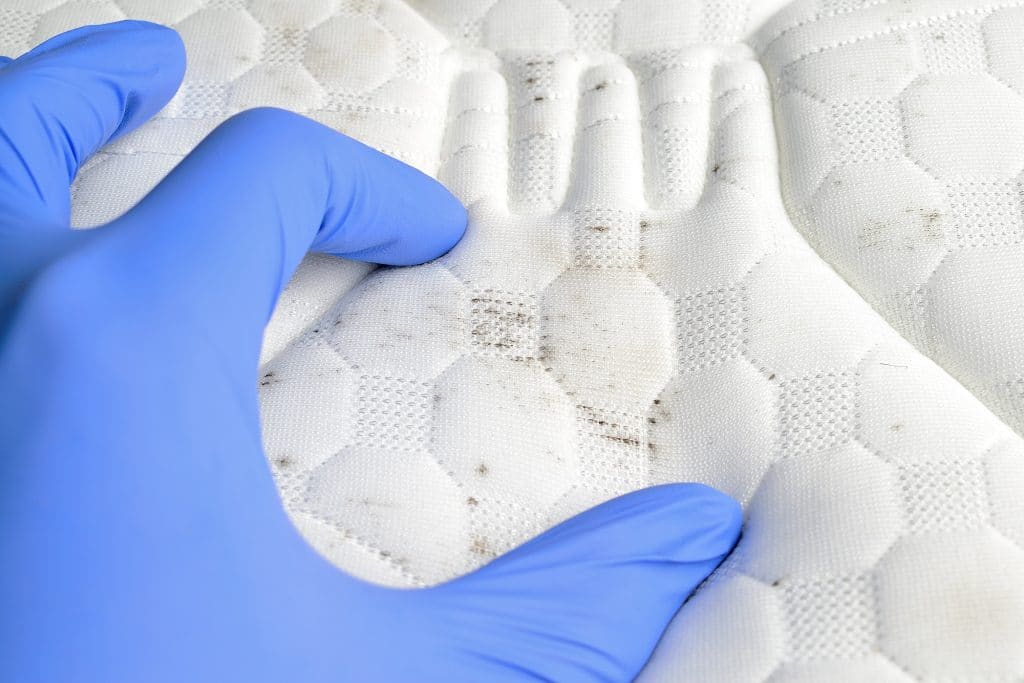 In conclusion, mold can indeed live in a mattress, but with proper care and maintenance, you can prevent and remove it from your sleeping surface. Regularly cleaning and drying your mattress, as well as properly ventilating your bedroom, can help keep mold at bay. Remember, a clean and mold-free mattress not only promotes good health but also ensures a better night's sleep. So, don't forget to add your mattress to your cleaning routine and keep it mold-free.
In conclusion, mold can indeed live in a mattress, but with proper care and maintenance, you can prevent and remove it from your sleeping surface. Regularly cleaning and drying your mattress, as well as properly ventilating your bedroom, can help keep mold at bay. Remember, a clean and mold-free mattress not only promotes good health but also ensures a better night's sleep. So, don't forget to add your mattress to your cleaning routine and keep it mold-free.




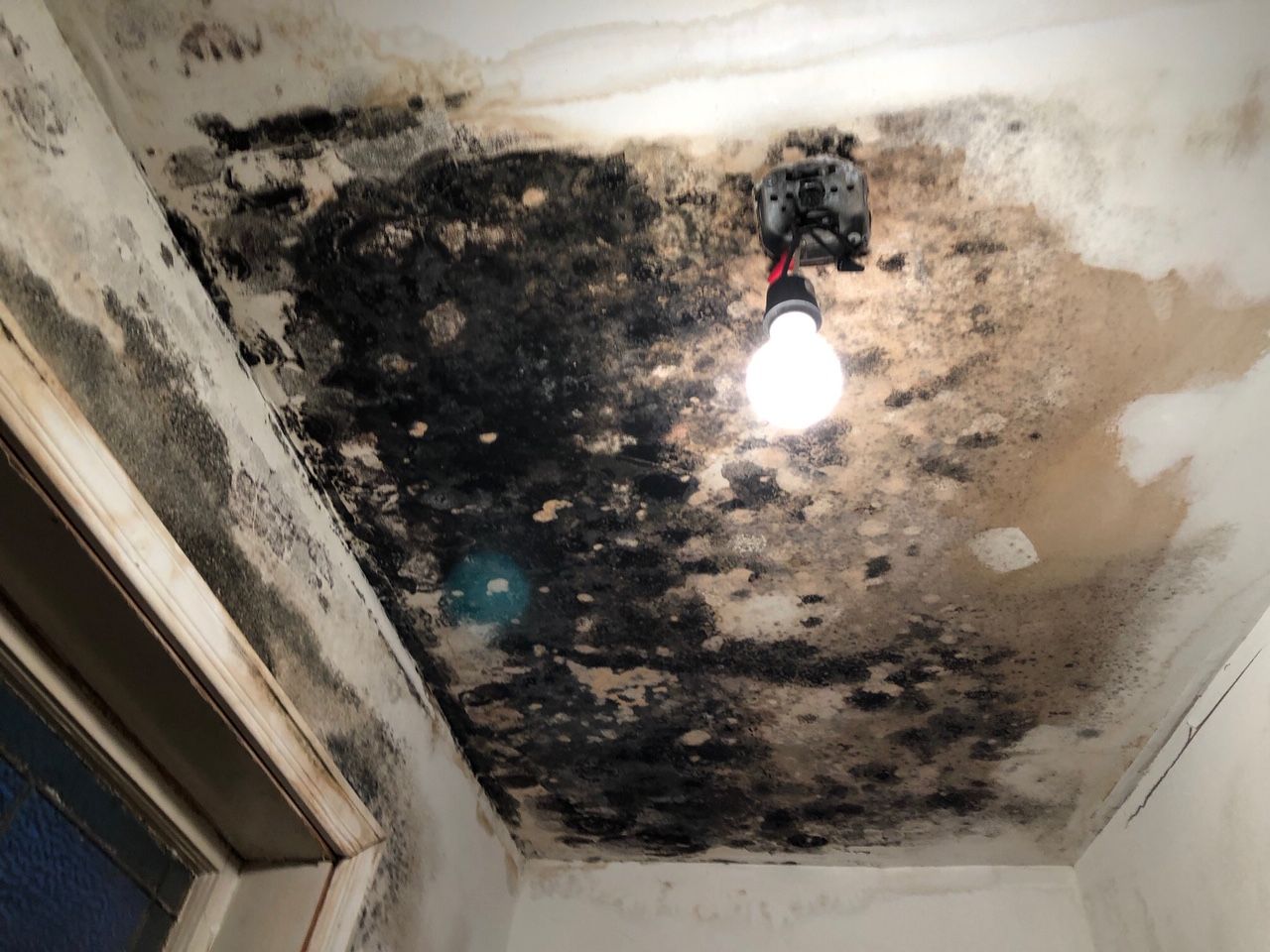

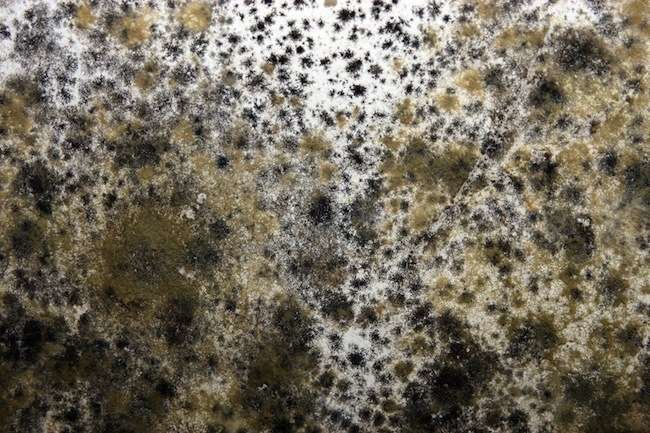

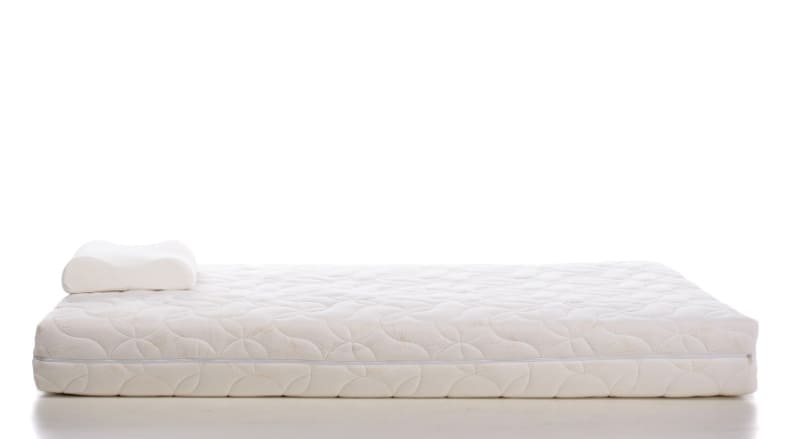
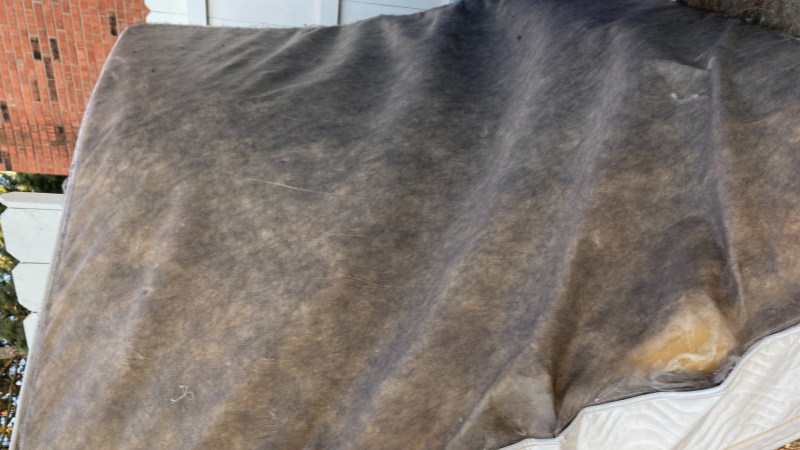


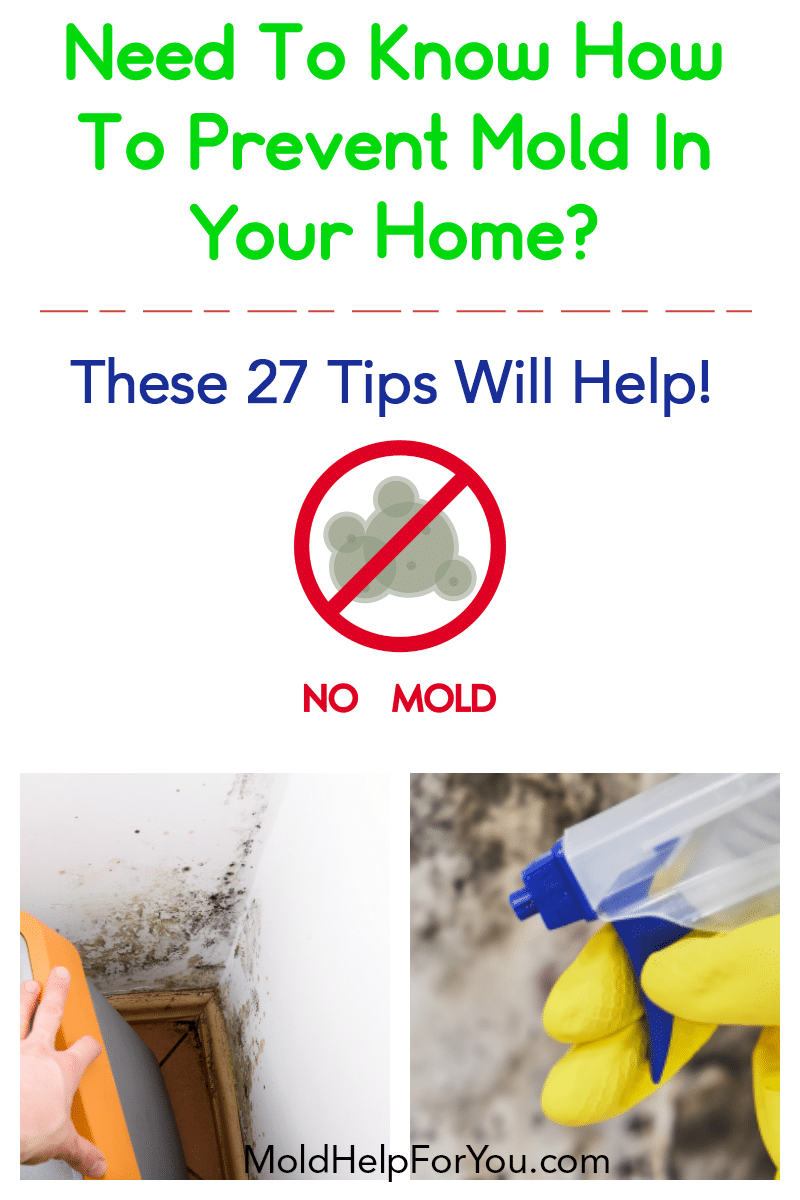



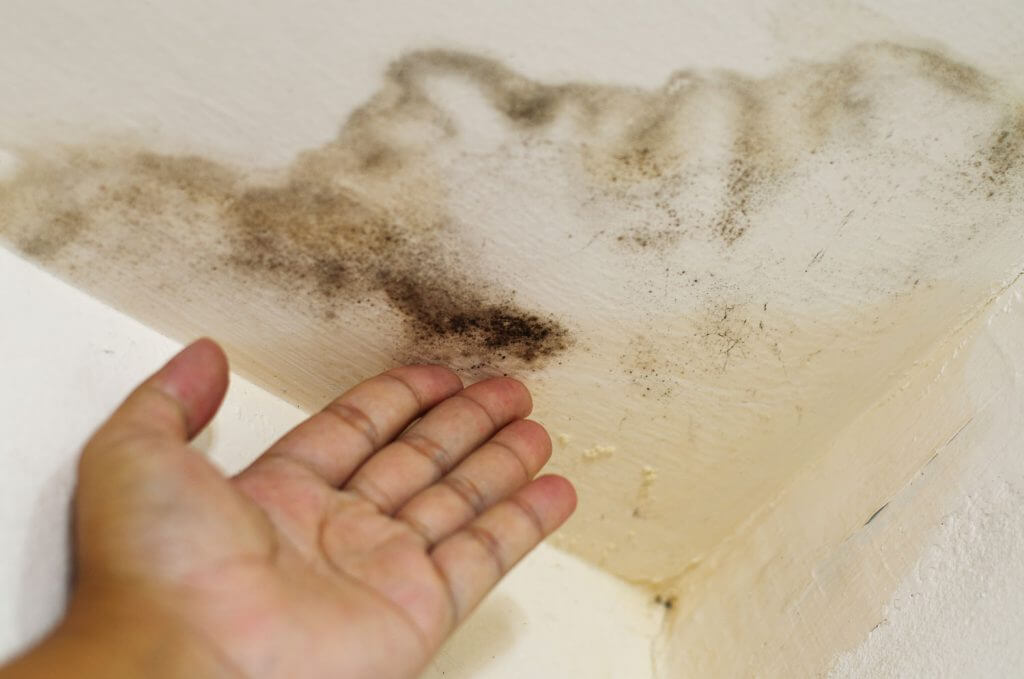




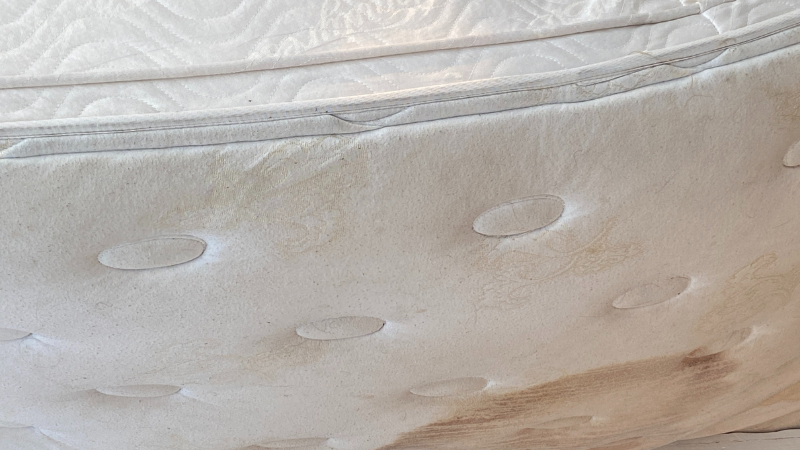



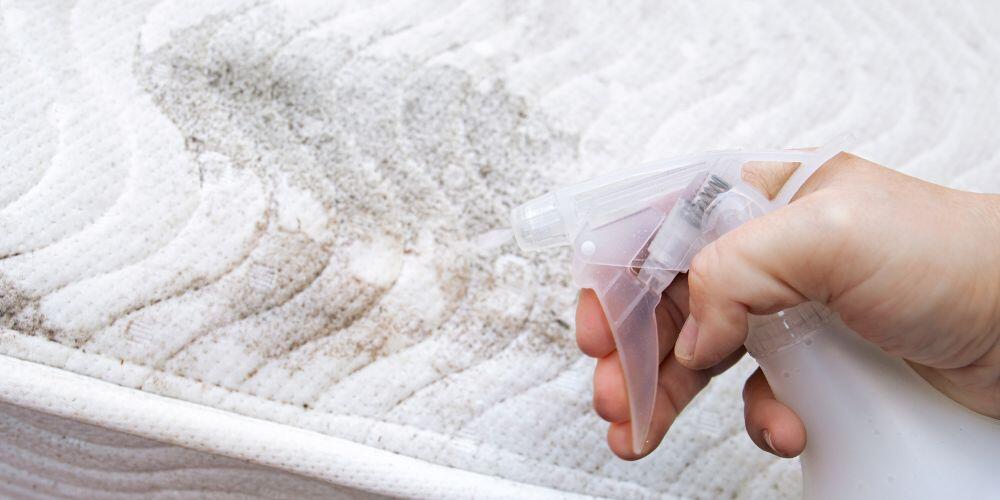
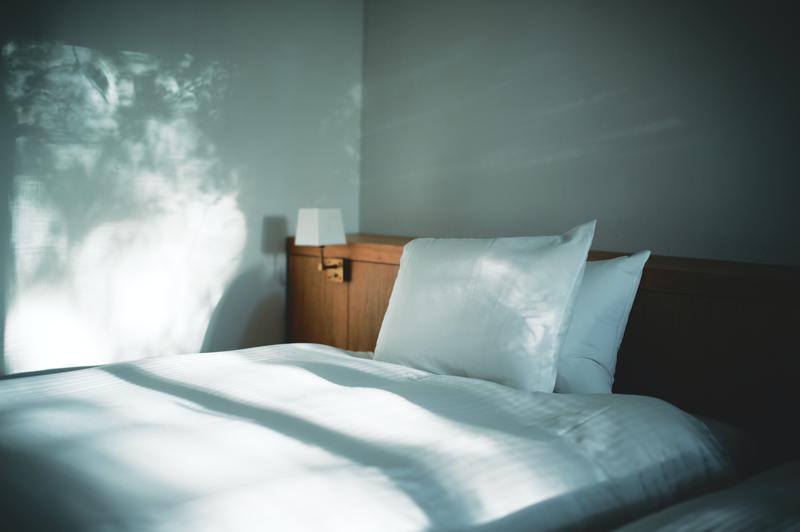
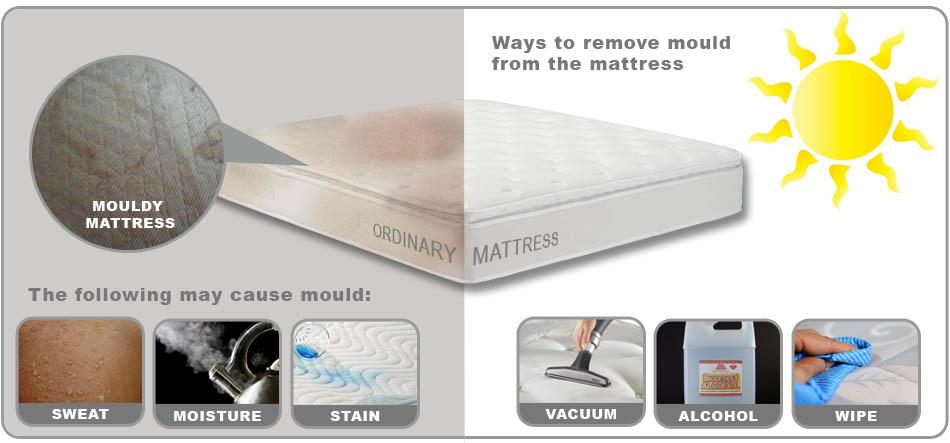



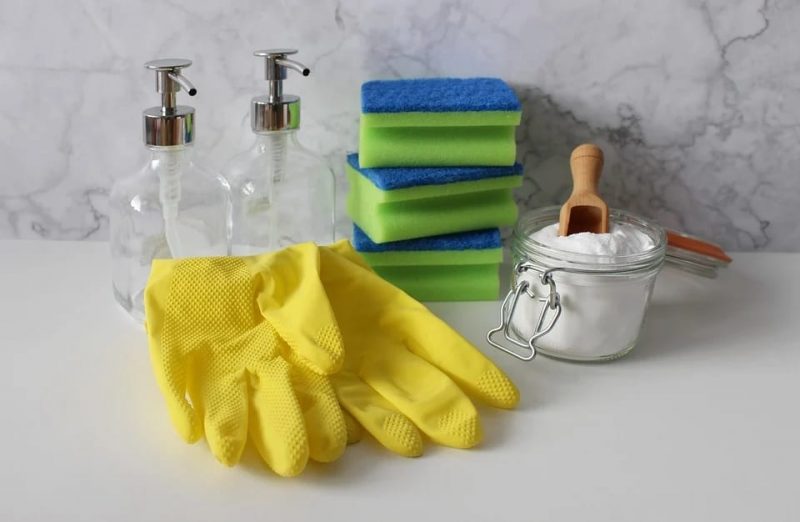



:max_bytes(150000):strip_icc()/what-are-the-symptoms-of-sleep-deprivation-3015161_color4-5b42c4ddc9e77c00374089b8.png)


